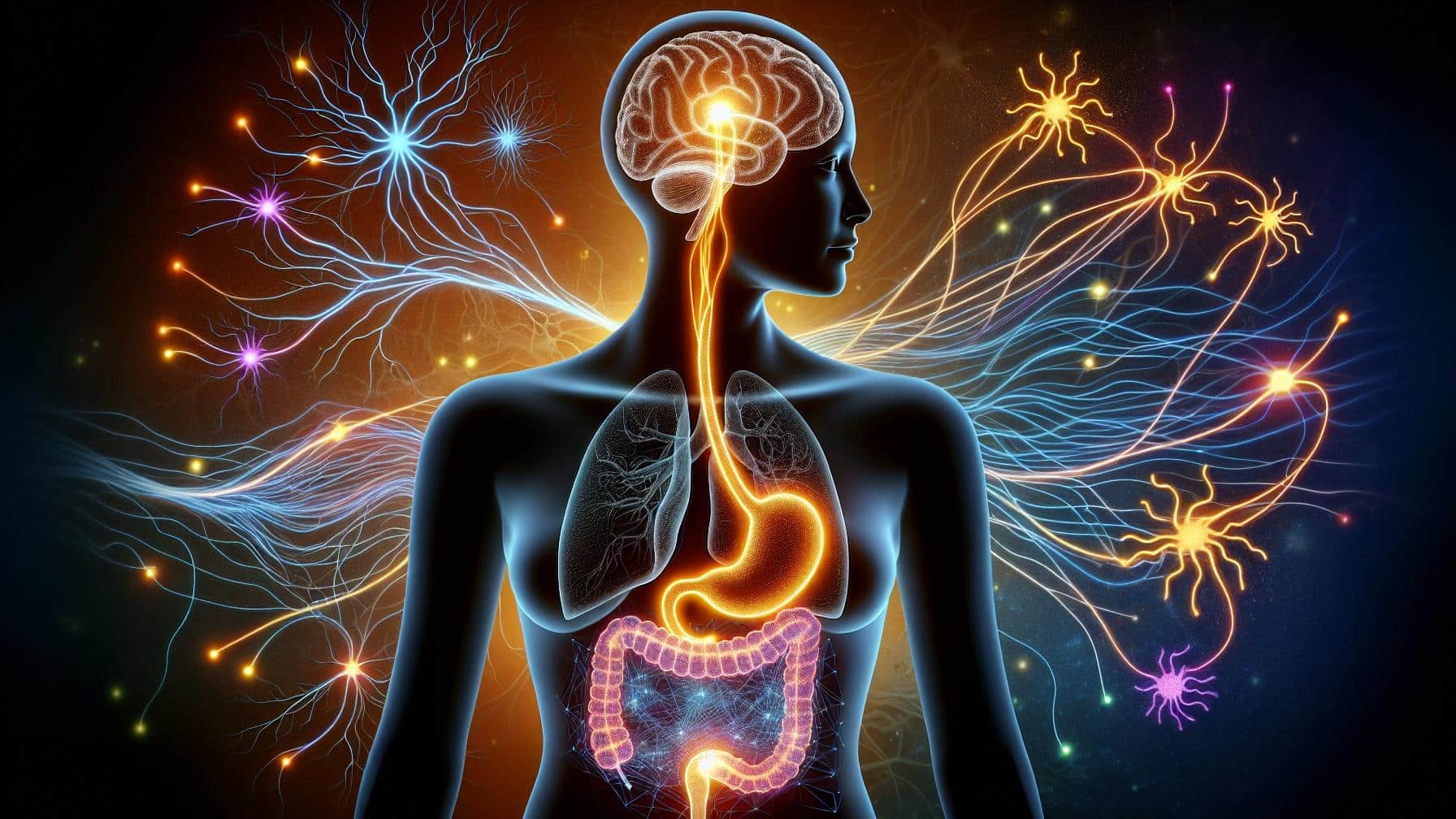Nicotine’s Surprising Health Benefits: What Science Is Now Revealing
Nicotine is best known for its presence in tobacco products and its association with smoking-related diseases, which has long overshadowed its therapeutic properties.
Yet, when nicotine is separated from the harmful and addictive constituents of cigarettes, research is now showing that it may offer a wide range of health benefits.
What you need to know about nicotine first… it’s not addictive. You have been lied to about this. It’s the chemicals added to cigarettes that create addiction. Must read article here.
Onward…
Scientists continue to investigate nicotine’s role in neurodegenerative disorders, psychiatric conditions, and inflammatory diseases. Its positive biological effects stem from its similarity to acetylcholine, a key neurotransmitter involved in cognition and various bodily functions.
Below is an expanded overview of the potential benefits of nicotine, incorporating both established findings as well as some new insights.
Increasing Neurotransmitters and Brain Chemistry
One of the most fundamental ways nicotine benefits the body is by increasing levels of neurotransmitters. The human brain contains approximately 86 billion neurons that rely on chemicals such as dopamine, serotonin, and acetylcholine for communication. Nicotine binds to nicotinic acetylcholine receptors, triggering the release of these neurotransmitters.
This process influences energy, mood, learning, memory, and stress responses. Research by Heishman, Kleykamp, and Singleton (2010) in Psychopharmacology (Berl) found that acute nicotine administration enhanced attention and working memory, indicating the critical role that nicotine-induced neurotransmitter release plays in cognitive function.
Antidepressant Properties
Some of nicotine’s most intriguing effects involve its potential as an antidepressant. Nicotine affects neural pathways responsible for mood regulation by acting on nicotinic acetylcholine receptors.
This includes reducing stress, improving emotional resilience, and shifting brain wave activity. Salín-Pascual, Basañez-Villa, and Alejo-Galarza (1995) reported that nonsmoking depressed patients showed improvements in mood and sleep quality when using transdermal nicotine patches. Mineur and Picciotto (2010) have similarly pointed to nicotine’s ability to recalibrate the cholinergic system in ways that could ease depressive symptoms.
Although more extensive research is needed, some clinicians explore nicotine products in selected patients experiencing treatment-resistant depression.
Neuroprotective Actions
Growing evidence suggests nicotine also possesses neuroprotective properties. Some scientists claim nicotine may guard neurons against degeneration, partly through its activity at nicotinic acetylcholine receptors and its influence on estrogen levels.
A 2012 study in animals found that nicotine protected brain cells from damage, opening up conversations about possible applications in conditions such as Parkinson’s and Alzheimer’s diseases. Newhouse, Potter, and Singh (2004) further argued that nicotine’s cholinergic stimulation could slow the progression of neurodegenerative disorders by helping maintain neural function.
Potential in Schizophrenia Management
Schizophrenia often presents with some pretty weird cognitive problems that can include deficits in attention, memory, and learning. Freedman, Leonard, and Olincy (2001) explored how nicotine might improve these cognitive deficits, possibly explaining why many individuals with schizophrenia are heavy smokers.
By modulating nicotinic receptors, nicotine seems to stabilize some cognitive processes, suggesting that carefully controlled use of nicotine or nicotinic agents could complement existing treatments without the risks linked to inhaling cigarette smoke.
ADHD Symptom Management
Research into nicotine’s potential for managing attention-deficit hyperactivity disorder (ADHD) dates back to the 1990s. Conners, Levin, March, and Erhardt (1996) discovered that nicotine administration seemed to enhance performance, concentration, and overall energy among individuals with ADHD.
These findings suggest a possible avenue for addressing core symptoms such as inattention and impulsivity. However, the inherent risks of addiction necessitate cautious clinical evaluation.
Control of Alzheimer’s Disease
Alzheimer’s disease gradually impairs memory, attention, and problem-solving abilities. Studies investigating nicotine’s capacity to protect neurons and enhance cognitive function have led researchers to propose that it might slow some aspects of Alzheimer’s-related decline.
Further, nicotine could improve attention and alertness, according to investigations cited by Newhouse et al. (2004). While no definitive therapy has emerged, these early hints underscore the importance of further exploring nicotine as a supportive measure.
Aid in Weight and Insulin Control
Nicotine is well known for suppressing appetite and boosting metabolic rate. Audrain-McGovern and Benowitz (2011) noted how it diminishes hunger signals, and Liu et al. (2017) demonstrated that nicotine improved insulin sensitivity and blood sugar regulation in obese mice. These metabolic benefits have garnered attention, especially among those dealing with weight management challenges.
Any such application must be balanced against nicotine’s addictive nature. Still, the findings reveal a potential mechanism for addressing obesity and metabolic disorders.
Boosting Brain Waves
Brainwave activity also appears to be influenced by nicotine. Individuals primarily producing beta waves… often associated with stress… may shift toward alpha waves, which correlate with relaxation and calmness.
Studies suggest transdermal nicotine administration can elevate alpha wave production in both brain hemispheres. This dual-hemisphere effect contrasts with the unilateral alpha wave production observed in depression, raising questions about nicotine’s capacity to modulate mood and stress responses.
Parkinson’s Disease
There is a comparatively low incidence of Parkinson’s disease among individuals with a history of smoking, leading some researchers to investigate nicotine as a potential neuroprotective agent.
While data remain preliminary, nicotine’s ability to stimulate dopaminergic pathways might ease Parkinsonian symptoms, which often include impaired motor control and muscle rigidity. Quik and Wonnacott (2011) provided insight into the nicotinic receptors that could be harnessed for Parkinson’s disease therapies.
Gut Protection
Nicotine’s protective effects in the gastrointestinal tract are another area of ongoing research. Green et al. (1999) found that transdermal nicotine patches alleviated symptoms of ulcerative colitis, a significant inflammatory bowel condition.
Nicotine reduces inflammation and may increase acid, bile, and pepsin secretions. This aids bowel movement and helps prevent the development of inflammatory bowel disease.
Tissue Repair and Blood Flow
Research also indicates that nicotine can help repair wounded body tissues. When applied topically, nicotine can stimulate capillary growth and tissue regeneration in the damaged area, potentially increasing blood flow to promote healing.
Though this benefit has not been widely publicized, it raises further questions about how nicotine might be used in controlled clinical settings to accelerate recovery.
Other Potential Benefits
Nicotine has been associated with reduced incidences of canker sores, uterine fibroids, endometriosis, endometrial cancer, venous thrombosis, and even some instances of hypertension and fatal heart attacks.
While many of these findings remain observational, they underscore how nicotine’s multifaceted biological actions could be harnessed in future therapies, provided that its addictive potential is carefully managed and its delivery is safe.

Nicotine in Vegetables
Though tobacco is the primary source of nicotine for most people, small amounts of nicotine also occur in tomatoes, eggplants, potatoes, and peppers, all members of the nightshade (Solanaceae) family.
Nicotine quantities in many vegetables are far lower than what is found in tobacco products, making any physiological effect less impactful for most people. Nevertheless, nicotine in commonly consumed vegetables highlights its broader botanical distribution.
References
Audrain-McGovern, J., & Benowitz, N. L. (2011). Cigarette smoking, nicotine, and body weight. Clinical Pharmacology & Therapeutics, 90(1), 164–168.
Conners, C. K., Levin, E. D., March, J., & Erhardt, D. (1996). Nicotinic stimulation and information processing in ADHD. Psychopharmacology Bulletin, 32(1), 67–73.
Freedman, R., Leonard, S., & Olincy, A. (2001). Nicotinic receptors: their role in the pathology and treatment of schizophrenia. CNS Drug Reviews, 7(4), 421–449.
Green, J. T., Rhodes, J., Ford, G. A., et al. (1999). Randomized controlled trial of transdermal nicotine in active ulcerative colitis. Gastroenterology, 116(5), 1129–1138.
Heishman, S. J., Kleykamp, B. A., & Singleton, E. G. (2010). Meta-analysis of the acute effects of nicotine and smoking on human performance. Psychopharmacology (Berl), 210(4), 453–469.
Liu, R. H., et al. (2017). Nicotine suppresses weight gain and improves insulin sensitivity in obese mice. American Journal of Physiology-Endocrinology and Metabolism, 312(5), E334–E344.
Mineur, Y. S., & Picciotto, M. R. (2010). Nicotine receptors and depression: revisiting and revising the cholinergic hypothesis. Trends in Pharmacological Sciences, 31(12), 580–586.
Newhouse, P. A., Potter, A., & Singh, A. (2004). Nicotinic system involvement in Alzheimer’s and Parkinson’s diseases: implications for therapeutics. Drugs and Aging, 21(6), 403–429.
Quik, M., & Wonnacott, S. (2011). α6β2*-nAChRs as novel therapeutic targets for Parkinson’s disease. Pharmacological Reviews, 63(4), 938–966.
Salín-Pascual, R. J., Basañez-Villa, C., & Alejo-Galarza, G. (1995). Clinical effects of transdermal nicotine on mood and sleep in nonsmoking major depressed patients. Psychiatry Research, 56(2), 161–166.
Disclaimer: While the studies discussed highlight the potential benefits of nicotine, it is important to remember that nicotine is an addictive substance. Therapeutic use should be medically supervised; further research is ongoing to fully understand its risks and benefits.









